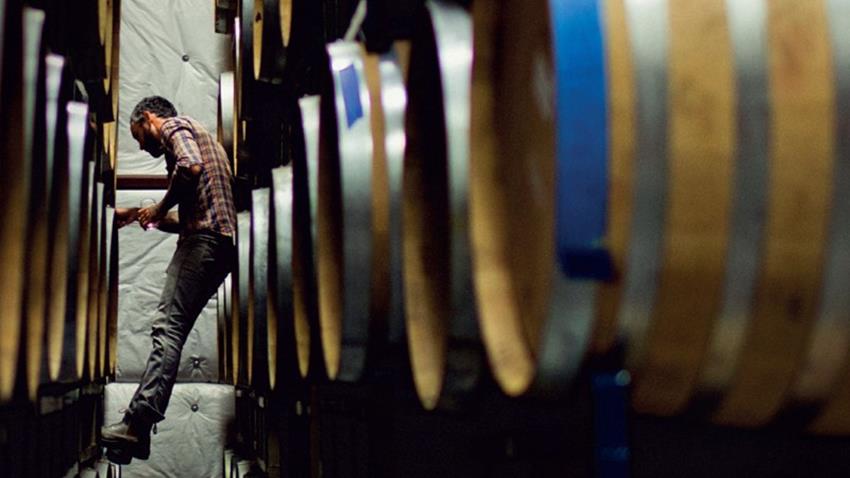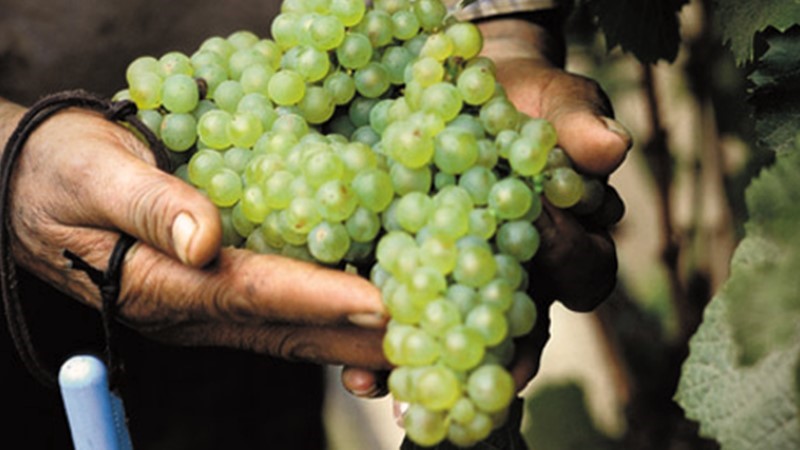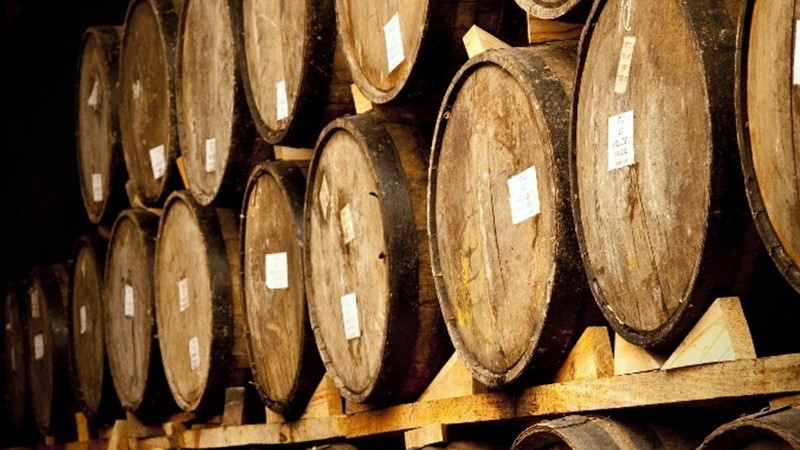
Sherry sales have been booming this year and the category’s increasing popularity with UK consumers was particularly evident during the lockdown period, where sales enjoyed impressive growth. These are exciting times for sherry, especially the more authentic and premium styles which are enjoying a resurgence in popularity.
Over the 12 weeks between 4th April and 27th June, Gonzalez Byass Tio Pepe Fino outperformed the overall sherry category with year on year sales up 33%, (Nielsen scantrack data). With this rising consumer trend, what better opportunity to stock up on your sherries for the festive season than now?
To help bring this incredibly diverse and growing category to life, here is a guide to the four key sherry styles with some delicious and straightforward food pairing ideas for Christmas. There’s a sherry for every moment of the festive season. We have even suggested a couple of cocktails to help get the most out of your sherry listings.
The four key sherry styles
Fino – Light in colour with citrus aromas and hints of fresh dough. Dry and delicate on the palate leaving a fresh aftertaste of salted almonds. Tio Pepe is the world’s bestselling Fino is the benchmark for the style. For the uninitiated, try adding a measure of Tio Pepe to a good quality tonic to create a delicious and discerning aperitif. Tio & Tonic is an excellent and incredibly easy cocktail to offer customers, as a lower alcohol alternative to a G&T or to kick off any Christmas menu. Why not serve a glass of Tio Pepe (with or without tonic) alongside some winter spiced nuts or a smoked salmon appetiser?
Amontillado – This elegant wine is amber in colour. Aromas of roasted hazelnuts give way to subtle oak flavours of vanilla and camomile, with a long finish. Often described as “the sommelier’s lifejacket”, this wine works well with difficult to match foods like asparagus and artichoke. It would make for an excellent choice with a goat’s cheese and vegetable tart starter. For an even easier pairing, why not offer a glass of Gonzalez Byass Del Duque Amontillado with a cheeseboard? This very special 30-year aged sherry is a real treat and the intense flavours allow it to work beautifully with a variety of different types of cheese.
Oloroso – This style of sherry becomes deeper in colour the longer it is aged in barrel. It is a dry, full bodied and generous wine, which has notes of dried fruit, walnut and subtle oak. Traditionally it pairs well with Jamón Ibérico carved in thin slices, but for a Christmas twist try a glass with sticky glazed ham. Gonzalez Byass Alfonso Oloroso with the Boxing Day cold cuts will be a Christmas revelation for you and your customers!
Pedro Ximenez – Made with grapes of the same name and laid out in the sun to raisin before being pressed, ‘PX’ is rich, lusciously sweet and velvety smooth with notes of figs, dates and mocha spice. Delicious with a warm mince pie and a drizzle of cream. If you are after some Christmas cocktail inspiration then why not try a PX-espresso Martini. Simply replace your usual coffee liqueur with Pedro Ximenez and there you go, an even more indulgent and decadent version of this customer favourite.

Understanding Sherry
Hailing from the south in Spain, Sherry can only be produced in the Jerez region. One of the key reasons for the complexity and variety within the sherry category is the solera system, an ageing process which allows older wines to impart their flavours and qualities to younger wines. When sherry is needed for bottling a small amount is removed from the oldest barrels and replaced with the same amount of the next oldest barrel and so on.
It is impossible to give the exact age of a wine that has been aged in a solera as it is a blend of many vintages. For example, the Gonzalez Byass’ VORS range has been aged for an average age of 30 years and will have wines that are 29, 28, 27 etc years old until the most recent vintage! This length of ageing ensures a consistent style but also complex and intense flavours. To help recruit more customers to this incredibly diverse category here is a guide to the different styles and a few top tips to get the most potential out of your sherry listings.
There are 3 key grapes used in Sherry production and 95% of all production is made with Palomino, a relatively unheard of white grape. The two other grapes used in Sherry making are Muscat and Pedro Ximenez. Both are used to sweeten other Sherries to make the likes of Pale Cream, Medium and Cream as well as sometimes being used to in addition to Oloroso and Amontillado. However, they both also produce wines in their own right; Moscatel, and the incredible dark, rich and sweet Pedro Ximenez – commonly known as PX.
In Sherry production, unlike most other styles of wine, it is not how and where the grapes are grown that is important, but where and how the wine is made. The two key elements are ageing and blending (not unlike making Champagne). The winemaking takes place in the Bodegas positioned to attract the sea breezes and humidity that are important in the maturation of the wines. The ‘how‘ involves a secret ingredient known as ‘Flor’ and the blending of younger and older wines in the Solera system mentioned above.
Flor is a naturally occurring bread like yeast that grows on the top of the wine when it is stored in the old Sherry butts, protecting the liquid from oxygen. The growth of Flor varies according to the type of wine being made. It is thickest in Manzanilla and less vigorous in Fino while being killed off completely in Amontillado and Oloroso when they are fortified to around 18% alcohol.

Flor and the Solera system are equally accountable for the varying characteristics in Sherry. The unique styles variations create ensure there is something for everyone in this category. Despite this, we're certain that not enough of these wonderful wines are enjoyed in the on-trade. Here are some things we can do in the trade to recruit people into the category.
Top tips for selling more sherry
- Serve chilled and fresh, offer 100ml serves for dry styles in modern white wine glass.
- As a general rule treat dry styles like any other white wine. Once opened keep in the fridge and drink within 3 days.
- Sherry is a fantastic ingredient in cocktails and are a key part of any top bar tender’s arsenal. The Spanish classic of 'Rebuijito' is a perfect place to start - it's Fino, lemonade and mint over ice; delicious and simple!
- Sherry can be offered throughout a meal. Fino is an aperitif, Amontillado and Oloroso are designed for food and the sweet Pedro Ximenez is perfect for after a meal or with a dessert.
- Christmas is a fantastic time to showcase sherry! Oloroso and PX styles both have wonderfully warming Christmassy flavours. Gonzalez Byass Alfonso Oloroso has flavours of roasted nuts and dried fruits. Get creative with food pairings, sherry cocktails and much more!

